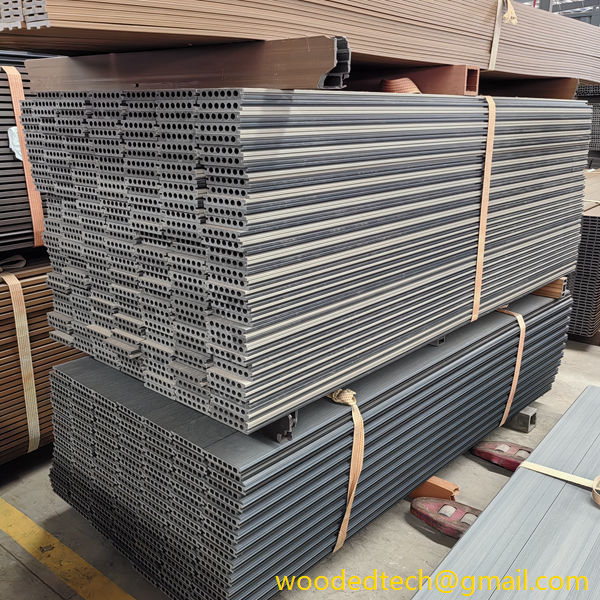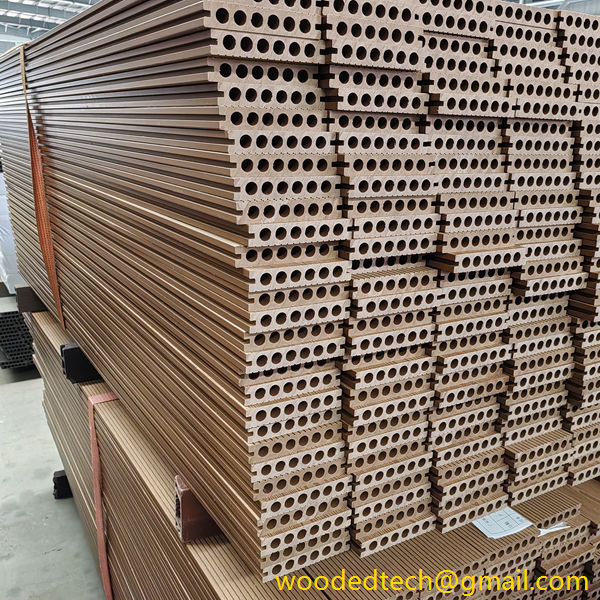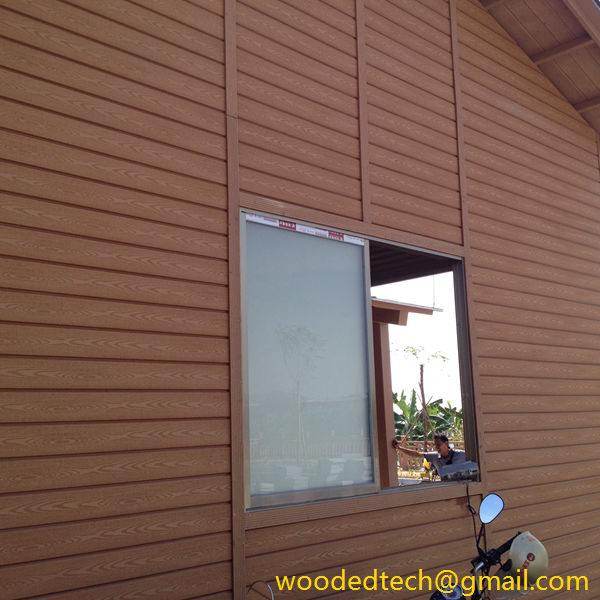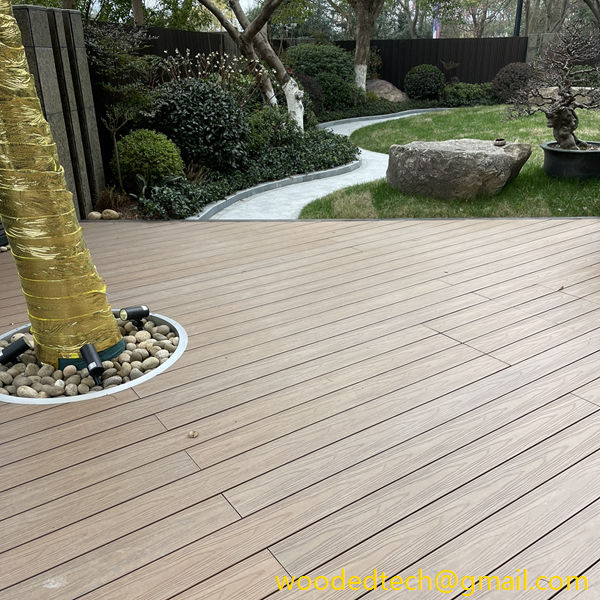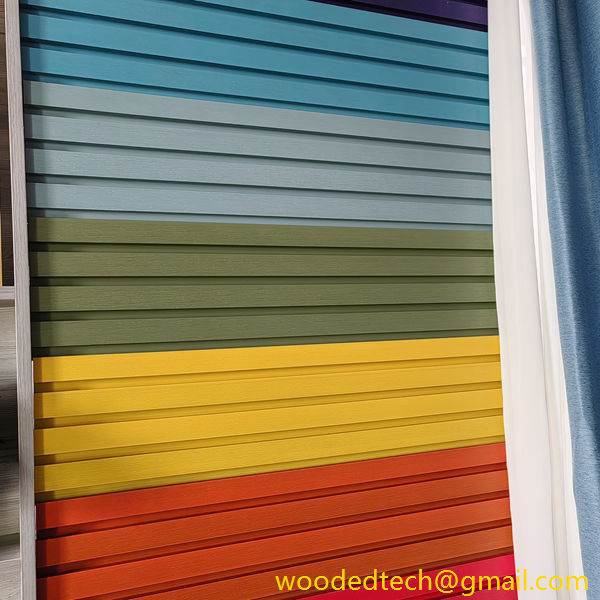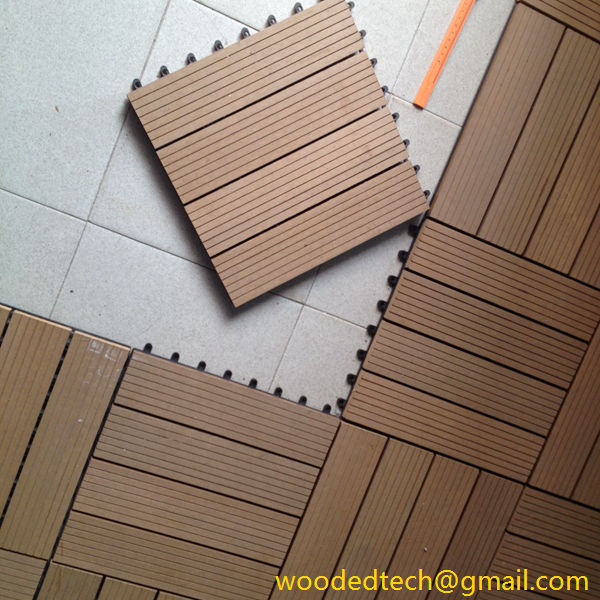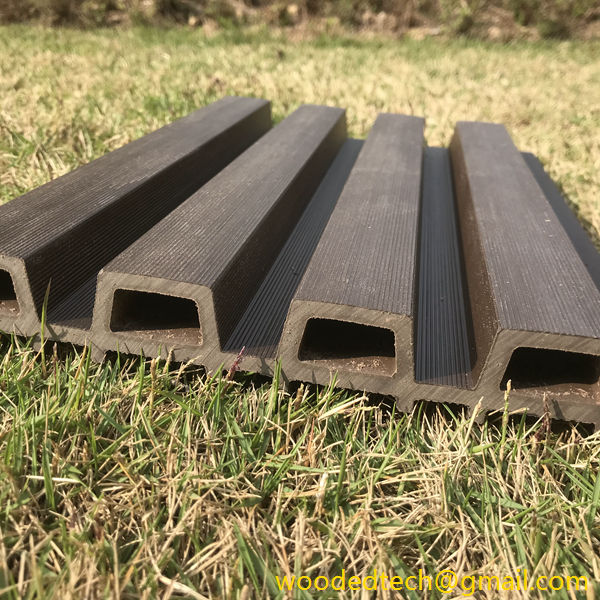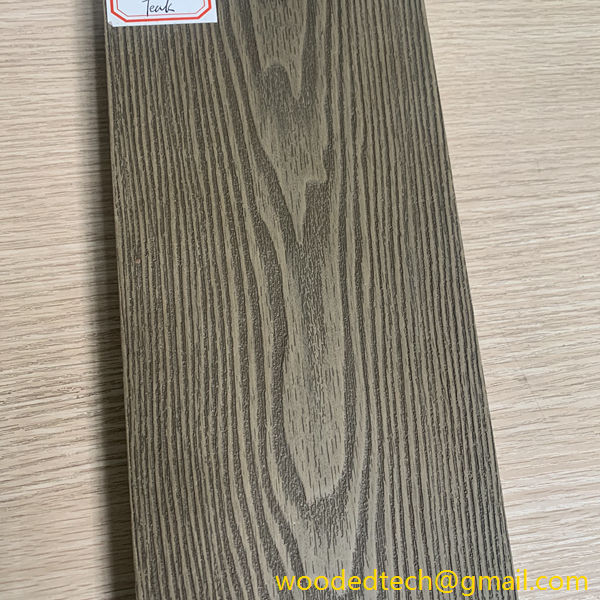How to Cut Composite Deck Boards: Tips for Cutting Composite Deck Boards Properly
How to Cut Composite Deck Boards: Tips for Cutting Composite Deck Boards Properly When it comes to enhancing outdoor living spaces, composite decking has gained immense popularity due to its durability, low maintenance, and aesthetic appeal. However, to achieve the best results when installing composite deck boards, it is essential to know how to cut…
How to Cut Composite Deck Boards: Tips for Cutting Composite Deck Boards Properly
When it comes to enhancing outdoor living spaces, composite decking has gained immense popularity due to its durability, low maintenance, and aesthetic appeal. However, to achieve the best results when installing composite deck boards, it is essential to know how to cut them properly. This article aims to provide insightful tips on cutting composite deck boards, ensuring a smooth and successful installation process.
Before you begin, it is crucial to gather the right tools. You will need a high-quality circular saw or a miter saw, a fine-toothed blade designed for cutting composite materials, a measuring tape, a square, and safety gear such as goggles and ear protection. The choice of blade is particularly important; a fine-toothed blade minimizes the potential for chipping and splintering, which is critical when working with composite materials.
Once you have your tools ready, the first step is to measure the area where the deck boards will be installed. Accurate measurements are vital to ensure that your cuts are precise and that the boards fit seamlessly into your design. Use a measuring tape to determine the length and width of each board needed, taking into consideration any pattern or layout you wish to achieve. Mark your measurements clearly on the boards with a pencil or chalk to avoid confusion during the cutting process.
Next, it is essential to set up a stable and secure workspace. Use sawhorses or a sturdy workbench to support the board while you cut. This not only ensures safety but also helps you make accurate cuts without any wobbling. If possible, cut the boards outdoors to minimize dust and debris in your workspace. If you must cut indoors, ensure that the area is well-ventilated and protected from dust.
When you are ready to cut, position your saw blade along the marked line, ensuring that you maintain a steady hand. Start the saw and allow it to reach full speed before making contact with the board. Move the saw steadily along the marked line, applying gentle pressure. Avoid forcing the saw through the material, as this can lead to uneven cuts or damage to the board. Let the saw do the work, and maintain a consistent speed throughout the cut.
One common issue when cutting composite decking is the potential for chipping or splintering along the cut edges. To mitigate this risk, consider using painter’s tape along the cut line. Applying the tape before cutting can provide additional support to the material, reducing the likelihood of chipping. Additionally, cutting the board with the finished side facing down can help hide any imperfections, as the underside is less visible once installed.
After cutting, it is essential to inspect the edges of the boards. If you notice any rough spots or splinters, use a fine-grit sandpaper to smooth out these areas. This not only improves the aesthetic of your deck but also ensures that the edges do not pose any safety hazards. Sanding the edges can also help with fitting the boards together more seamlessly during installation.
When working with composite decking, it is advisable to account for expansion and contraction due to temperature changes. Composite materials can expand in heat and contract in cold weather, so leave adequate space between the boards for proper ventilation and movement. A general rule of thumb is to leave approximately 1/4 inch of space between each board during installation. This helps prevent warping and ensures that your deck maintains its integrity over time.
Another important consideration is the installation of fasteners. Composite deck boards often require specific fasteners that are designed to work with the material. These fasteners should be installed according to the manufacturer’s guidelines, which often recommend pre-drilling holes to prevent splitting. When cutting the boards, be mindful of where you will place the fasteners and ensure that your cuts do not interfere with their placement.
Lastly, always prioritize safety when cutting composite deck boards. Wear appropriate safety gear, such as goggles and a dust mask, to protect yourself from debris and dust inhalation. Ensure that your workspace is clear of any obstacles and that you have a firm footing while operating power tools. If you are inexperienced with power tools or cutting materials, consider seeking assistance or guidance from a knowledgeable friend or a professional.
In conclusion, cutting composite deck boards requires careful planning and execution. By selecting the right tools, measuring accurately, setting up a secure workspace, and following proper cutting techniques, you can achieve clean, precise cuts that enhance the overall look of your outdoor space. Remember to consider factors such as expansion, fastener placement, and safety throughout the process. With these tips in mind, you can successfully tackle your composite decking project and enjoy a beautiful, long-lasting deck for years to come.

